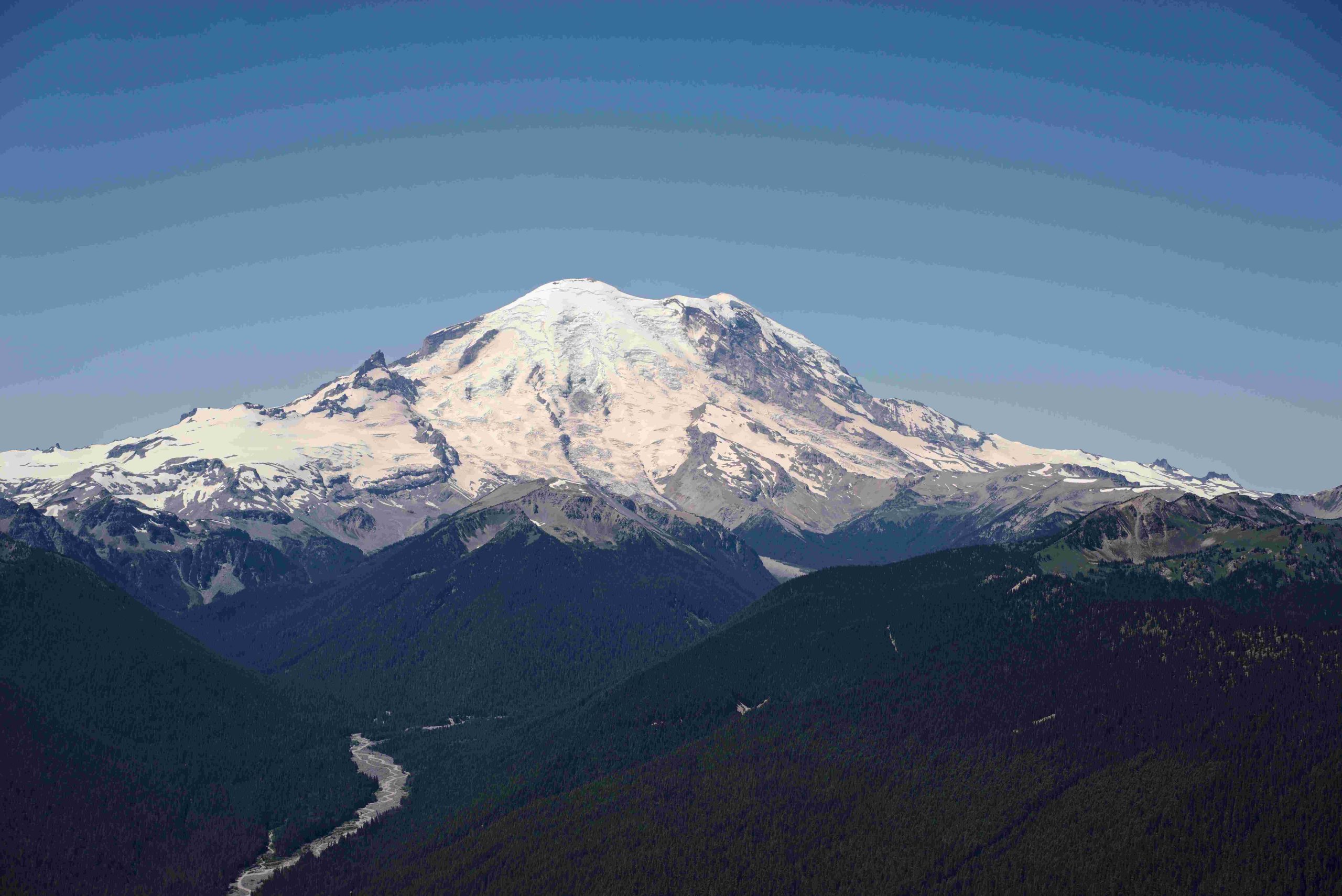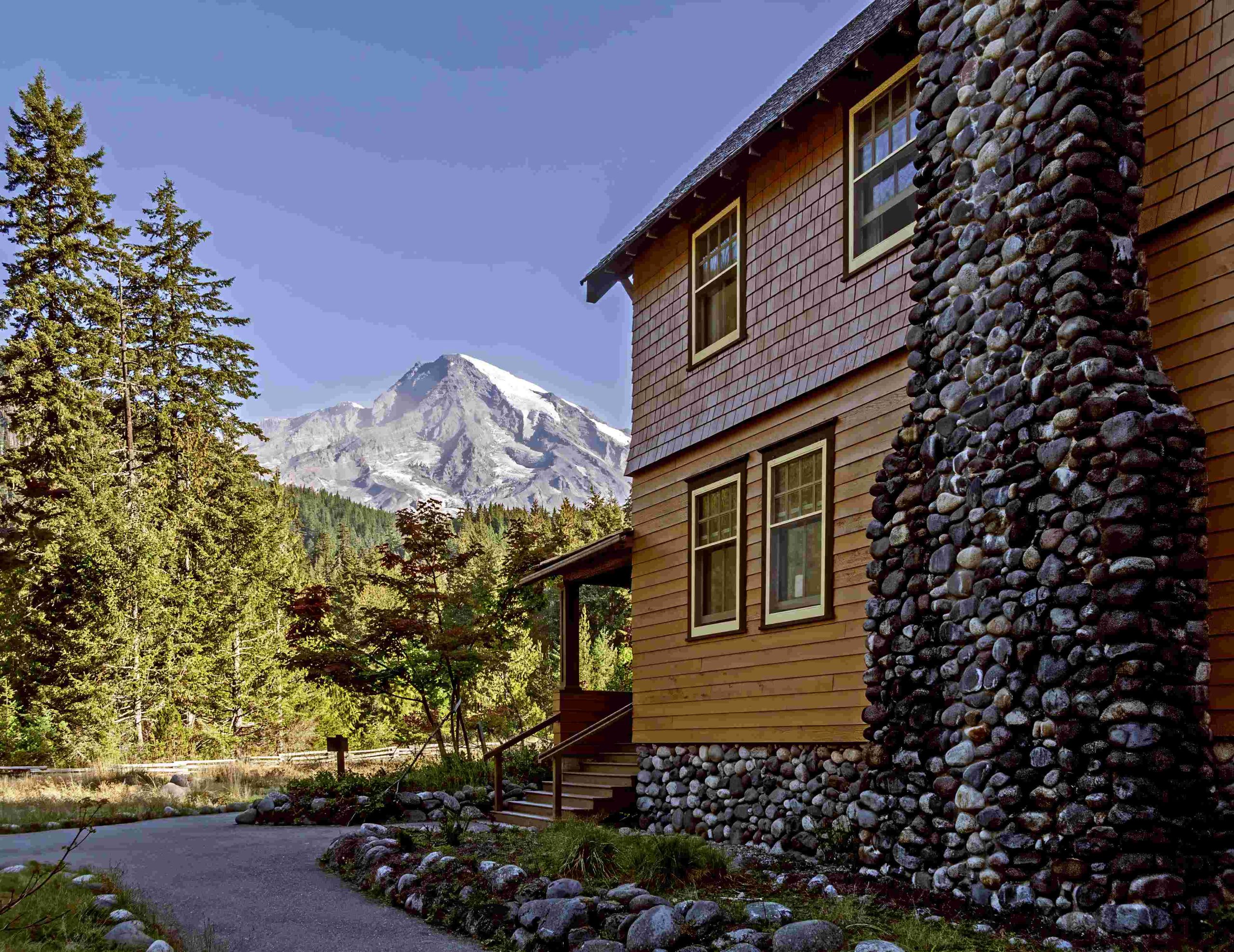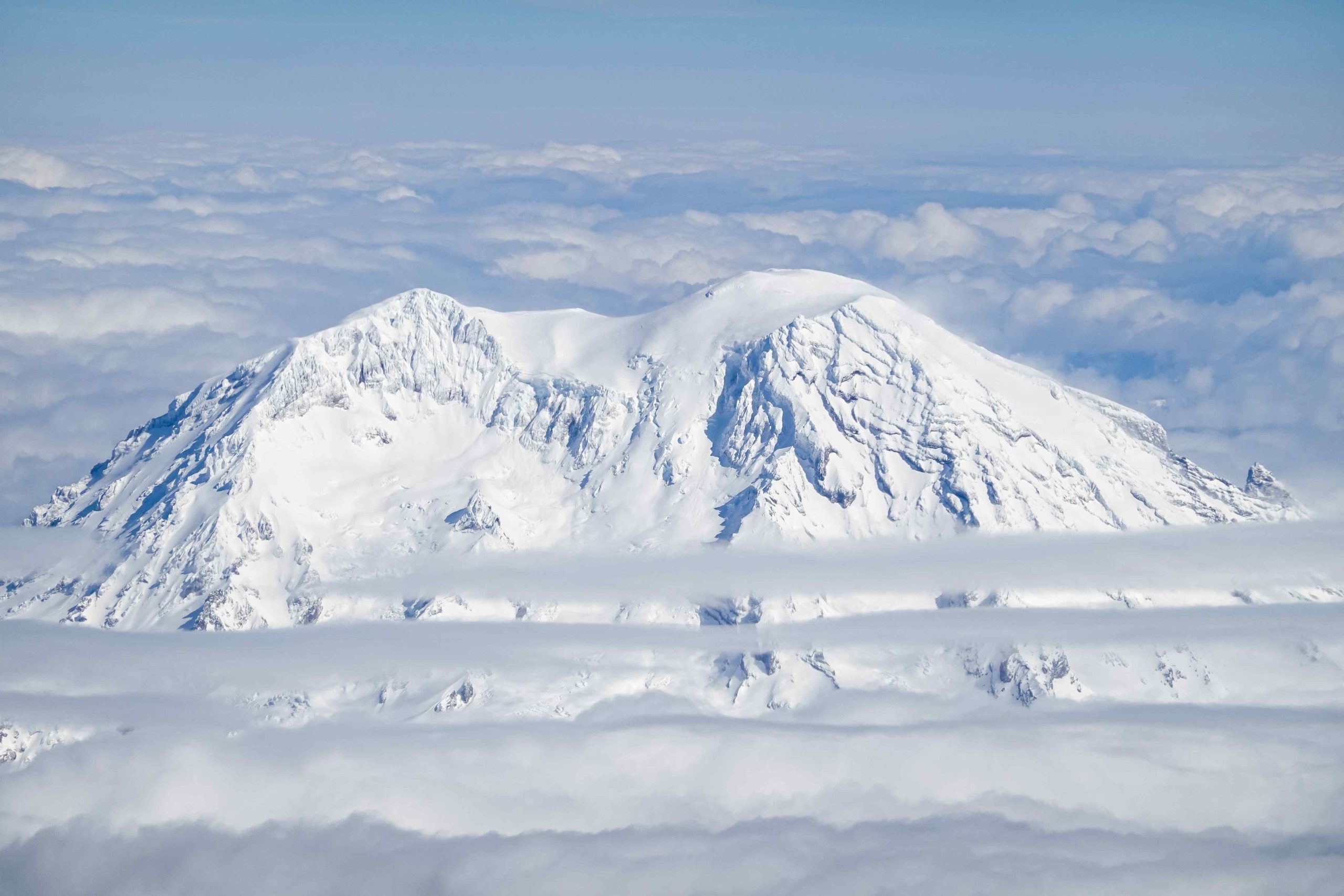Mount Rainier National Park allows visitors to bring food, but there are specific regulations and guidelines to follow. These rules are in place to protect wildlife and preserve the park’s ecosystem. Visitors can bring food for picnics and camping, but must adhere to strict storage and disposal practices. The park also offers dining options at lodges and visitor centers. This guide will provide detailed information on food regulations, storage, and dining options at Mount Rainier.
What Are the Food Regulations at Mount Rainier?

Mount Rainier National Park has established food regulations to protect wildlife and maintain the park’s natural environment. Here are the key points:
- Feeding wildlife is strictly prohibited.
- All food scraps and waste must be properly disposed of.
- Visitors should not leave behind any food items, including seemingly harmless ones like orange peels or peanut shells.
- Proper food storage is mandatory to prevent wildlife encounters.
These regulations are crucial for maintaining the park’s ecosystem and ensuring the safety of both visitors and wildlife.
Where Can I Eat My Packed Food in the Park?

While specific information on designated picnic areas is limited, Mount Rainier National Park generally provides established areas for visitors to enjoy their packed meals. Here’s what you need to know:
- Use designated picnic areas when available.
- Follow park rules regarding food consumption and disposal.
- Typical picnic areas in national parks include:
- Tables
- Grills
- Waste disposal facilities
For the most up-to-date information on picnic locations and any reservation requirements, it’s best to check the official Mount Rainier National Park website or contact the park’s visitor centers directly.
How Should I Store My Food at Mount Rainier?
Proper food storage is essential to prevent wildlife encounters and maintain the park’s ecosystem. Follow these guidelines:
- Store food and scented items in airtight containers.
- Keep food away from campsites.
- Do not hang food from trees, as suitable structures are often lacking.
- For overnight camping:
- Use bear-resistant containers if available.
- If hanging food is necessary, ensure it’s at least 10 feet off the ground and 4 feet from the trunk.
- Store all scented items, including toiletries, with food.
By following these storage guidelines, you help protect both yourself and the park’s wildlife.
What Dining Options Are Available Within Mount Rainier?
For those who prefer not to bring their own food, Mount Rainier National Park offers several dining options:
| Location | Type of Dining | Notes |
|---|---|---|
| Paradise Inn | Full-service dining | Seasonal operation |
| National Park Inn (Longmire) | Casual dining | Year-round operation |
| Visitor Centers | Snacks and light meals | Limited options |
It’s important to note that hours of operation and menu offerings can vary seasonally. For the most current information, check the official park website or contact the lodges directly.
Are There Any Restrictions on the Types of Food I Can Bring?
While Mount Rainier National Park doesn’t have specific restrictions on the types of food visitors can bring, there are some general guidelines to follow:
- Avoid bringing strongly scented foods that might attract wildlife.
- Choose foods that are easy to pack in and pack out.
- Opt for non-perishable items, especially for longer hikes or camping trips.
- Bring enough food to sustain your energy levels during activities.
- Consider the environmental impact of packaging and choose eco-friendly options when possible.
Remember, the key is to enjoy your food while minimizing your impact on the park’s ecosystem.
How Do I Dispose of Food Waste in the Park?
Proper food waste disposal is crucial for maintaining the park’s cleanliness and protecting wildlife. Follow these guidelines:
- Pack out all food waste, including small items like fruit peels and nut shells.
- Use designated trash receptacles in picnic areas and campgrounds.
- Do not bury food waste or leave it behind, even if you think it’s biodegradable.
- Consider bringing sealable bags to store food waste until you can dispose of it properly.
- Clean up thoroughly after meals to avoid attracting wildlife.
By following these disposal practices, you help preserve the park’s natural beauty and protect its wildlife.
Can I Cook Food in Mount Rainier National Park?
Cooking is allowed in Mount Rainier National Park, but there are specific rules and recommendations:
- Use designated fire pits or grills in campgrounds and picnic areas when available.
- Portable camp stoves are permitted and recommended for cooking.
- Open fires may be restricted during dry seasons or in certain areas of the park.
- Always check current fire regulations before your visit.
- Practice Leave No Trace principles when cooking and cleaning up.
Remember to properly extinguish all fires and stoves, and never leave them unattended.
What Should I Know About Wildlife and Food at Mount Rainier?
Understanding the relationship between wildlife and food is crucial for a safe and responsible visit to Mount Rainier:
- Never feed wildlife, intentionally or unintentionally.
- Store food properly to avoid attracting animals to your campsite or picnic area.
- Be aware that even small food items can alter wildlife behavior.
- Clean up thoroughly after meals, including wiping down tables and grills.
- Report any wildlife encounters or issues to park rangers.
By respecting wildlife and following food-related guidelines, you contribute to the preservation of Mount Rainier’s natural ecosystem.
In conclusion, while you can bring food to Mount Rainier National Park, it’s essential to follow the park’s regulations and guidelines. Proper food storage, responsible consumption, and correct disposal are key to enjoying your visit while preserving the park’s natural beauty and wildlife. Whether you choose to bring your own food or dine at the park’s facilities, always prioritize the protection of Mount Rainier’s unique ecosystem.
References:
1. Mount Rainier National Park Wilderness Guidelines and Regulations
2. Trail Etiquette – Visit Rainier
3. Know Before You Go – Mt. Rainier National Park Lodging

